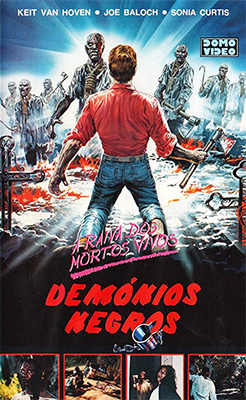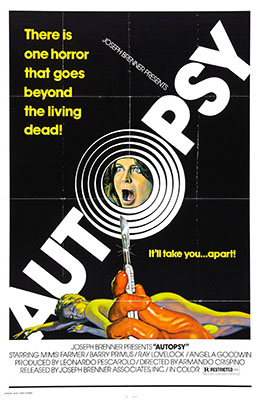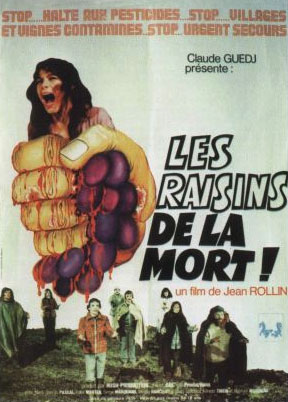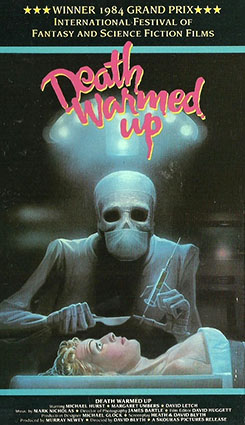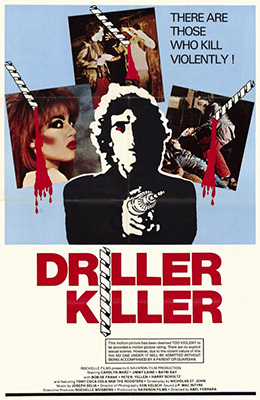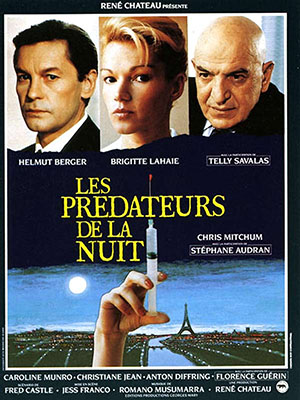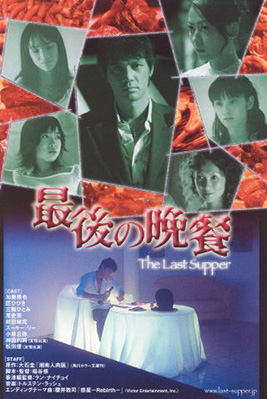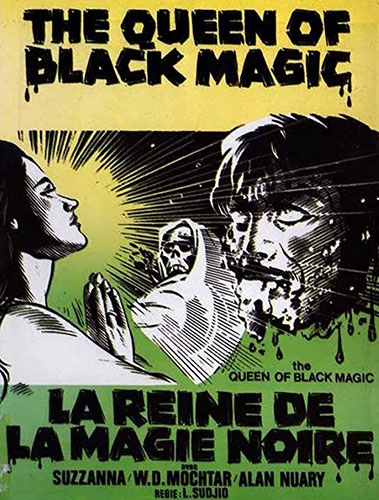
The Queen of Black Magic (1979)
A wedding party falls under a black magic curse. The bride has horrific visions and the entire ceremony is in shambles. The groom, Kohar, took Murni’s virginity and then spurned her for his new woman. Now he accuses her of casting the curse upon his fiancé. Kohar encourages the villagers to capture Murni, set her mother on fire, and then throw her off a cliff. She is rescued from death by a witch doctor who teaches her the arts of black magic. Murni uses her newfound abilities to get vengeance on Kohar and the people who tried to destroy her.
Obviously not big on women’s lib, Murni (played by the lovely Suzzanna) is first manipulated by the man she loves and then becomes a pawn of the evil sorcerer. Thankfully, Kohar, the unrepentant prick gets what he deserves. Permana, the holy man, comes preaching that prayer is the best defense against black magic and he’s right. The ignorance of the villagers and their refusal to pray will spell out their doom.
The Queen of Black Magic has excellent direction and pacing. The movie flies by as we are treated to one wild scene after another. Somebody please, buy me this soundtrack! The score for The Queen of Black Magic is some wild synthesizer action mixed with a killer string section and awesome percussion. It’s freakin’ great!
The gore effects are simple but gruesome with some wicked splatter moments. One evil bastard is killed when giant blood-filled boils appear on his body and burst all over the place. Another choice scene comes when someone rips his own head off. The head starts flying around and bites a strip of flesh off the leader of the village.
This was my first foray into Indonesian horror and it will not be the last. The story reminded me of a 70s Shaw Brothers gore flick but more conservative like an Indian horror film (just without the musical numbers). Other than the crazy gore and Murni’s wacky training montage, the most outlandish aspect of The Queen of Black Magic is a totally unnecessary melodramatic twist at the end that just makes the story a little more confusing and a little more strange. Overall, this is a fun flick that folks with a taste for international horror will go bonkers over. Highly recommended!
“All men are traitors!”
